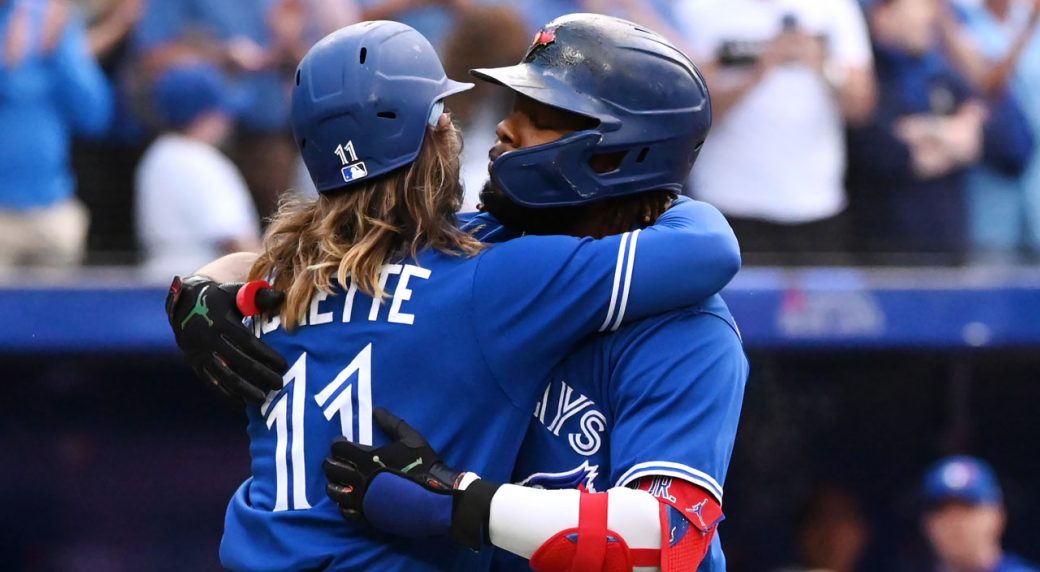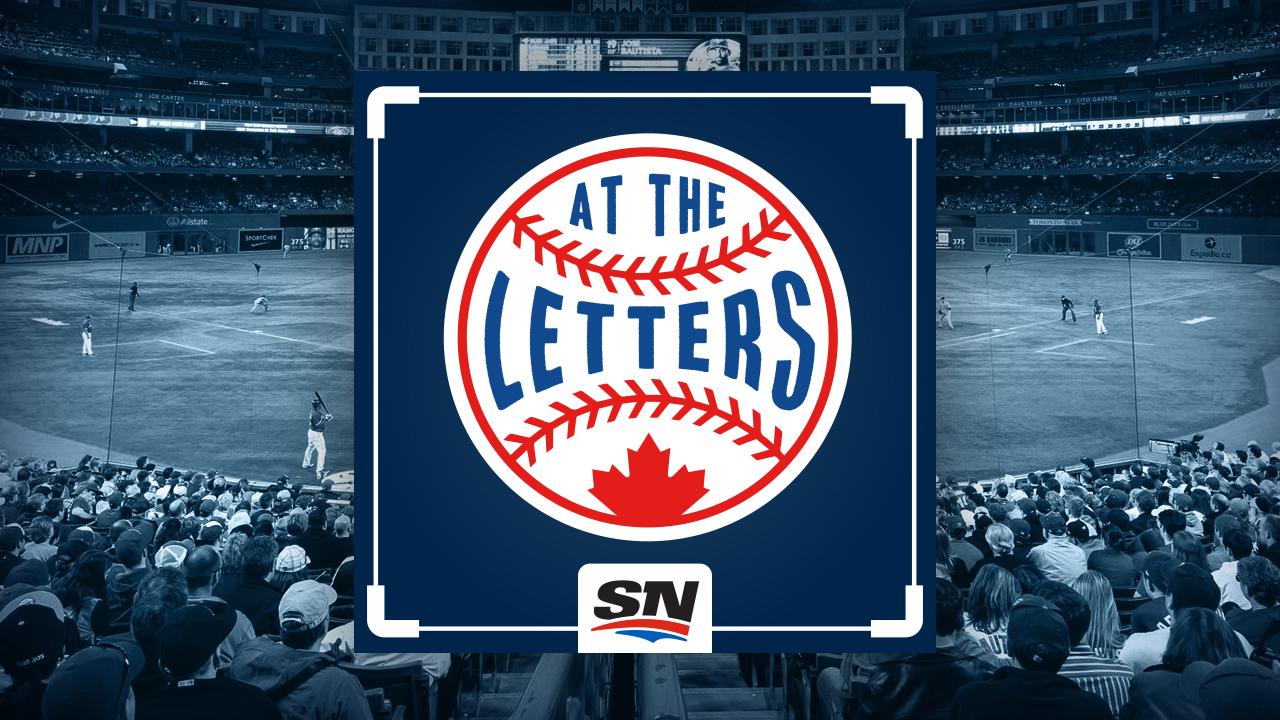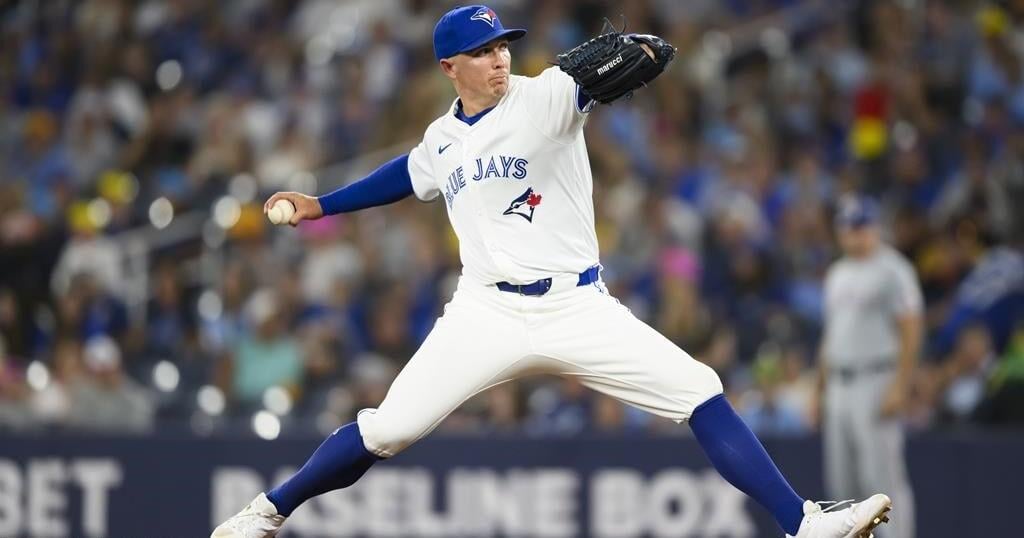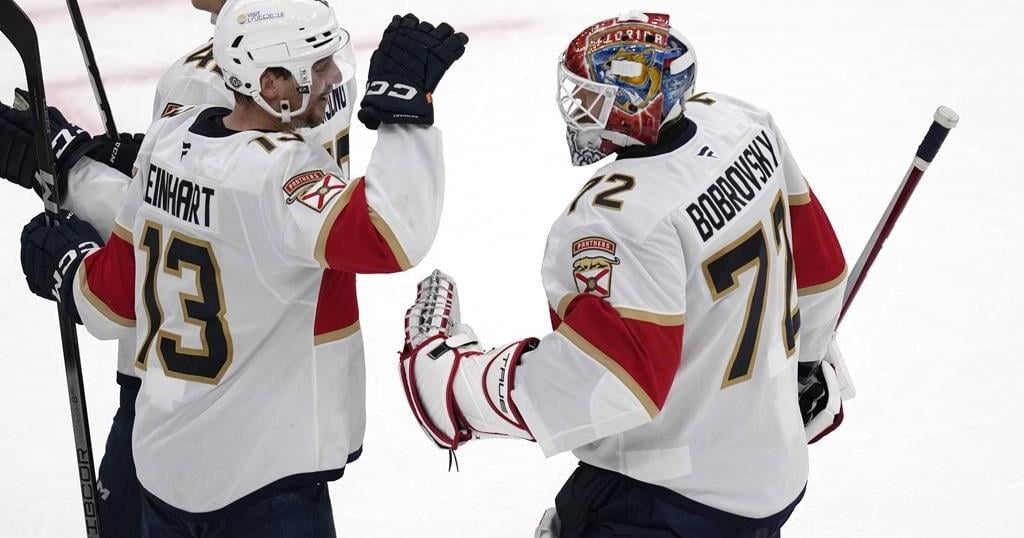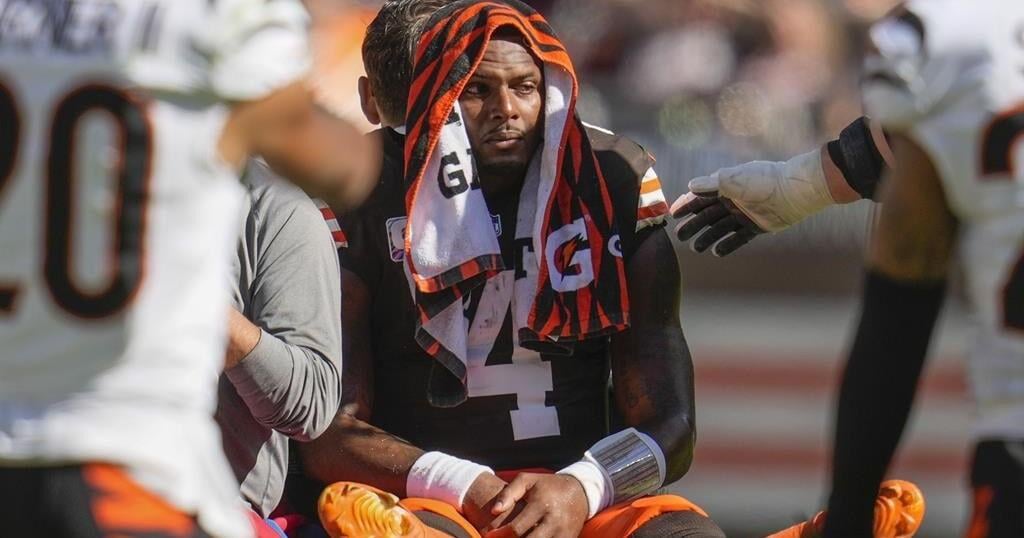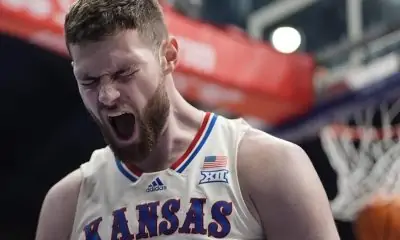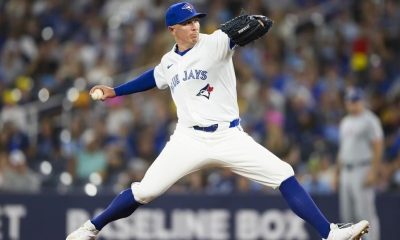SAN DIEGO – The high drama surrounding Aaron Judge’s future – settled Wednesday when the New York Yankees reportedly ponied up $360 million over nine years to fend off the transformative ambitions of the San Francisco Giants and San Diego Padres – is both a sneak peek and cautionary tale for the Toronto Blue Jays.
Imagine for a moment what the 2025 Winter Meetings could be like for them with Vladimir Guerrero Jr. or Bo Bichette or, gasp, both on the open market at the same time.
As destructive as the reigning AL MVP’s potential departure would be to the Yankees and their competitive window, the possibility of losing two franchise pillars in the same winter would be simply ruinous for the Blue Jays and all they’ve built over the past few years.
The frenzy around Judge, 30, amid an industry suddenly spending like money ain’t a thang, has been omnipresent during the current winter meetings at San Diego’s Manchester Grand Hyatt because of the seismic nature of his decision and the ripples it will cause.
At the Letters
Ben Nicholson-Smith is Sportsnet’s baseball editor. Arden Zwelling is a senior writer. Together, they bring you the most in-depth Blue Jays podcast in the league, covering off all the latest news with opinion and analysis, as well as interviews with other insiders and team members.
Since they aren’t the Yankees – baseball’s flagship franchise for oxygen-sucking hysteria – the Blue Jays won’t be quite the same focal point three years from now. But Guerrero will be 26, Bichette 27 when they’ll be eligible for free agency, and assuming they continue on their current trajectories, the interest around them may match or even exceed the Judge Gong Show.
The uncertainty about their long-term status is relevant enough that Jose Berrios negotiated an opt-out after 2026 into his extension last year to guard against precisely such an outcome.
So, as the Blue Jays grinded through their business Tuesday – missing out on lefty Andrew Heaney to the Texas Rangers and centre-fielder Cody Bellinger to the Chicago Cubs – the need to extend Guerrero and Bichette to avoid such a perilous winter remains in the background.
“It’s unchanged,” Mark Shapiro, the Blue Jays president and CEO, said Tuesday when asked about how the club approaches long-term deals for its young stars. “Continue to dialogue, continue to have those dialogues in private, don’t believe in negotiating in public. Three years is a very long time but we’re also cognizant that three years can come quickly. We’ll take every advantage of what that means to our window to compete and always maintain an openness and a willingness and a desire to keep them here longer.”
Boiler-plate stuff but, to be fair, the time for deeper dives in search of the elusive “sweet spot” that fairly distributes risk between player and club is the spring, once the roster has been bolstered and the winter’s heavy lifting is done.
Still, the industry’s current spending patterns are noteworthy, driving up expectations for cornerstone talents like Guerrero and Bichette while making payroll management all the more critical for clubs.
Hence, Shapiro’s declaration that the sport’s Competitive Balance Tax (CBT) threshold, this season set at $233 million “is not an obstacle for us,” and “is not going to be what sets our budget, managing around that,” marks an especially significant turn.
After all, a year ago Shapiro said running payrolls to or beyond the CBT “is not something that we’re planning for as we sit here and look at the payrolls moving outward,” essentially treating the threshold as a cap. Staying in that range would make trying to build a winning club around a market-rate compensated Guerrero and Bichette extremely difficult, impacting the viability of potential extensions.
Yet this off-season, which could see 8-10 teams around the majors push past the CBT threshold, the Blue Jays have acted like a team willing to not only hit $200 million in major-league payroll for the first time, but also surpass it.
Already they have roughly $175 million on the books in guarantees to 10 players and arbitration estimates for 11 others, and had they succeeded in landing Justin Verlander, that would have tacked on another $40 million to the total.
Once you factor salaries for pre-arbitration players, the $16.5 million for player benefits, 40-man roster salaries and the mechanics of CBT calculation that counts a contract’s annual average value rather than the yearly payout against the threshold, and the Blue Jays would have been right there.
Drastic change. What’s behind that?
“Ownership commitment,” Shapiro said of team owner Rogers Communications Inc., which also owns Sportsnet. “We continue to grow revenues, our partnership revenue has grown, but we are still in this phase where our expenses are outpacing our revenues. When we complete the renovation, we’ll have a greater ability to compete within some of the higher levels of Major League Baseball, not necessarily the top teams in our division from a revenue perspective, but we’ll certainly be able to be more in line with supporting those payrolls.”
Helping underpin that is the new collective bargaining agreement negotiated in the spring which, among other things, allows teams to add sponsored jersey patches to uniform sleeves beginning next season (Shapiro says the Blue Jays are “actively seeking” a partner).
A handful of national deals with Major League Baseball also followed the CBA, creating additional revenue streams, while the Blue Jays expect a deeper local revenue pool once Rogers Centre renovations currently underway are completed after the 2023 season.
“The payoff in revenue is not coming from this phase,” said Shapiro. “It’s going to take a few years for us to produce the revenue that supports the team and supports the cost of the commitment to the renovation as well.”
By that point the Blue Jays, who ranked 11th in the majors in 2022 payroll according to Spotrac.com, could be comfortably ensconced in the 6-10 range, timing up with when it’s time to pay Guerrero and Bichette.
Waiting things out closer to the end of their free agency mitigates the Blue Jays’ risk of making a sizable financial commitment to a player who could get injured and decline, or struggle, or simply not live up to the deal. But it also counters the risk of having to outbid others after watching two elite players become increasingly dominant only to hit the open market for their best years.
The Blue Jays would certainly be able to pivot and spend elsewhere if Guerrero and Bichette were to leave, but players of their calibre are incredibly difficult to replace. Stars carry teams, stars sell and when properly supported, stars win.
If the CBT is indeed no longer going to be an obstacle, the Blue Jays can both pay the type of homegrown duo teams tank for years in the hopes of getting and win, too. The issue then is in finding the right balance between guaranteed money and discount of potential market rate, allowing club and player to share the risk.
“That is exactly what the nature of the long-term contract negotiation of one of your players is all about,” said Shapiro. “It’s where do you both get comfortable with the level of risk, us with what the commitment means and them with what they could potentially be giving up. The closer they get to free agency, the more that changes their equation of risk. It makes them probably less willing to give up the risk of what it means to be out there. … We’re looking for the sweet spot.”
That holds true for the Blue Jays, both in their current off-season pursuits and with their two franchise pillars, who could be to the winter meetings of 2025 what Judge is to the gathering of the moment.
Source link
Related

